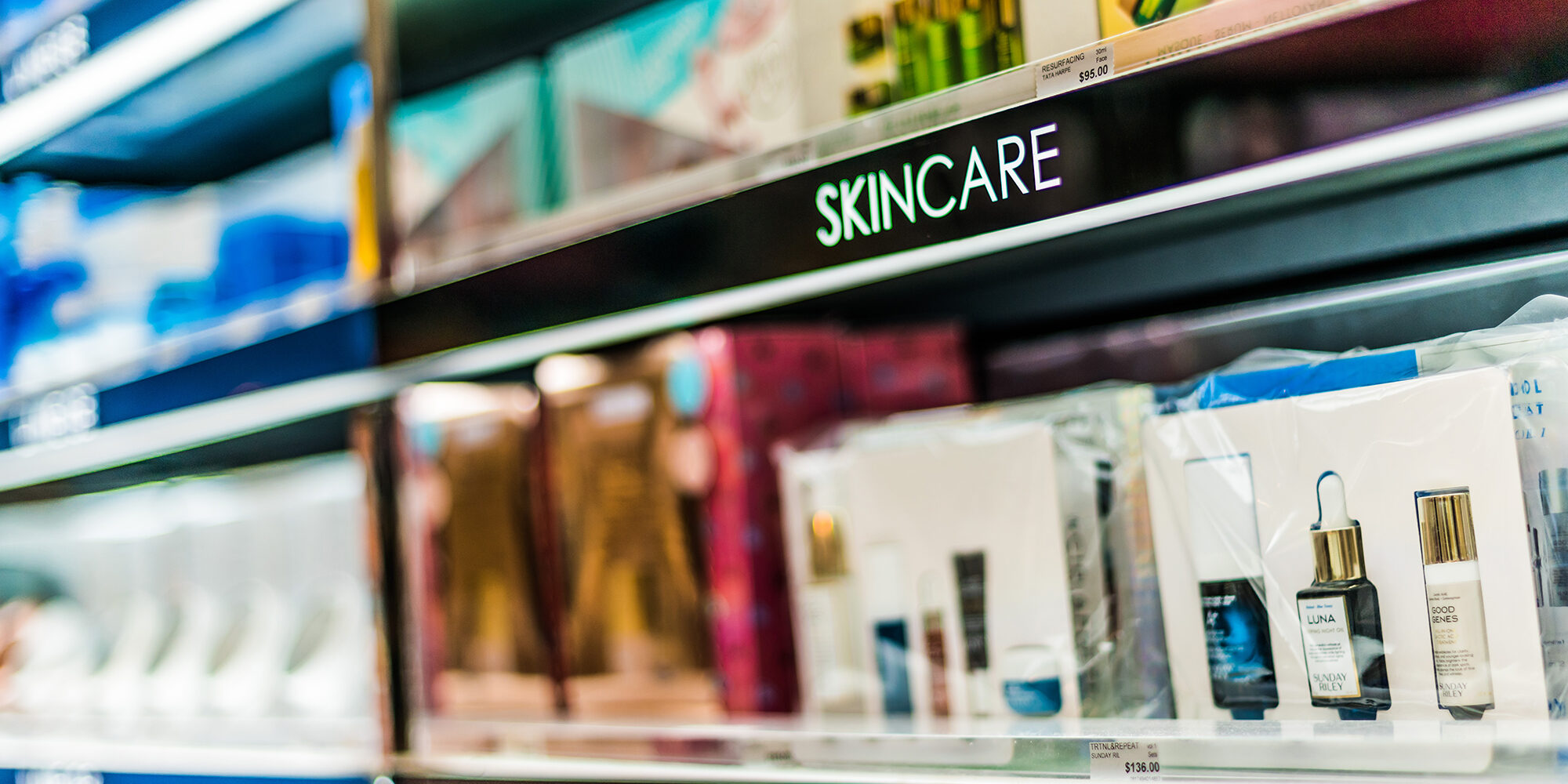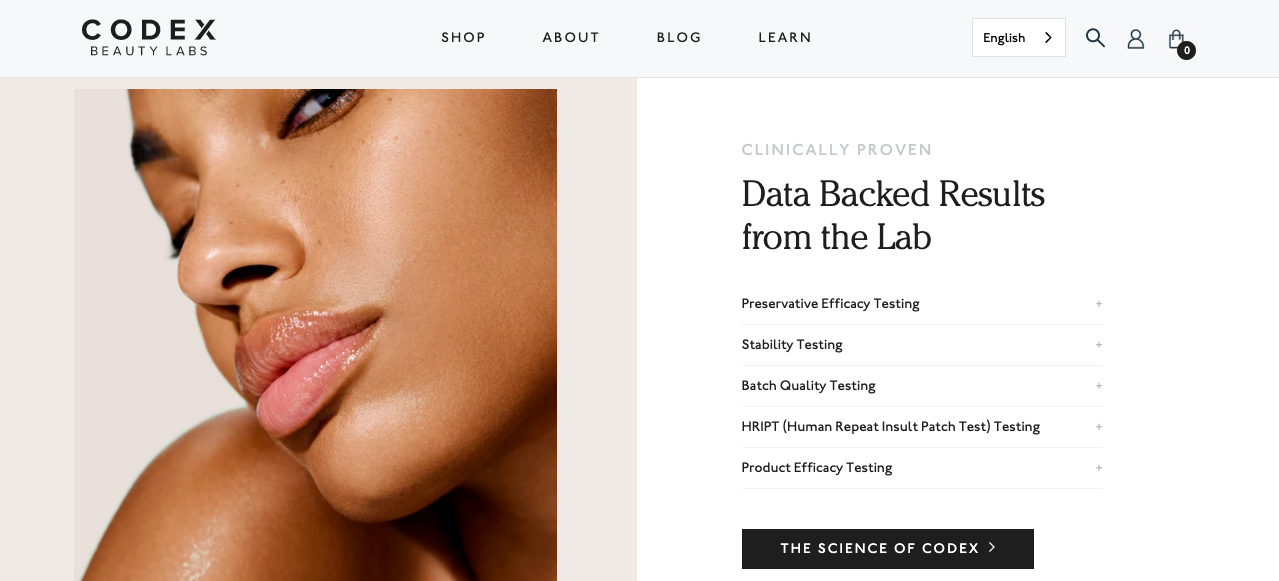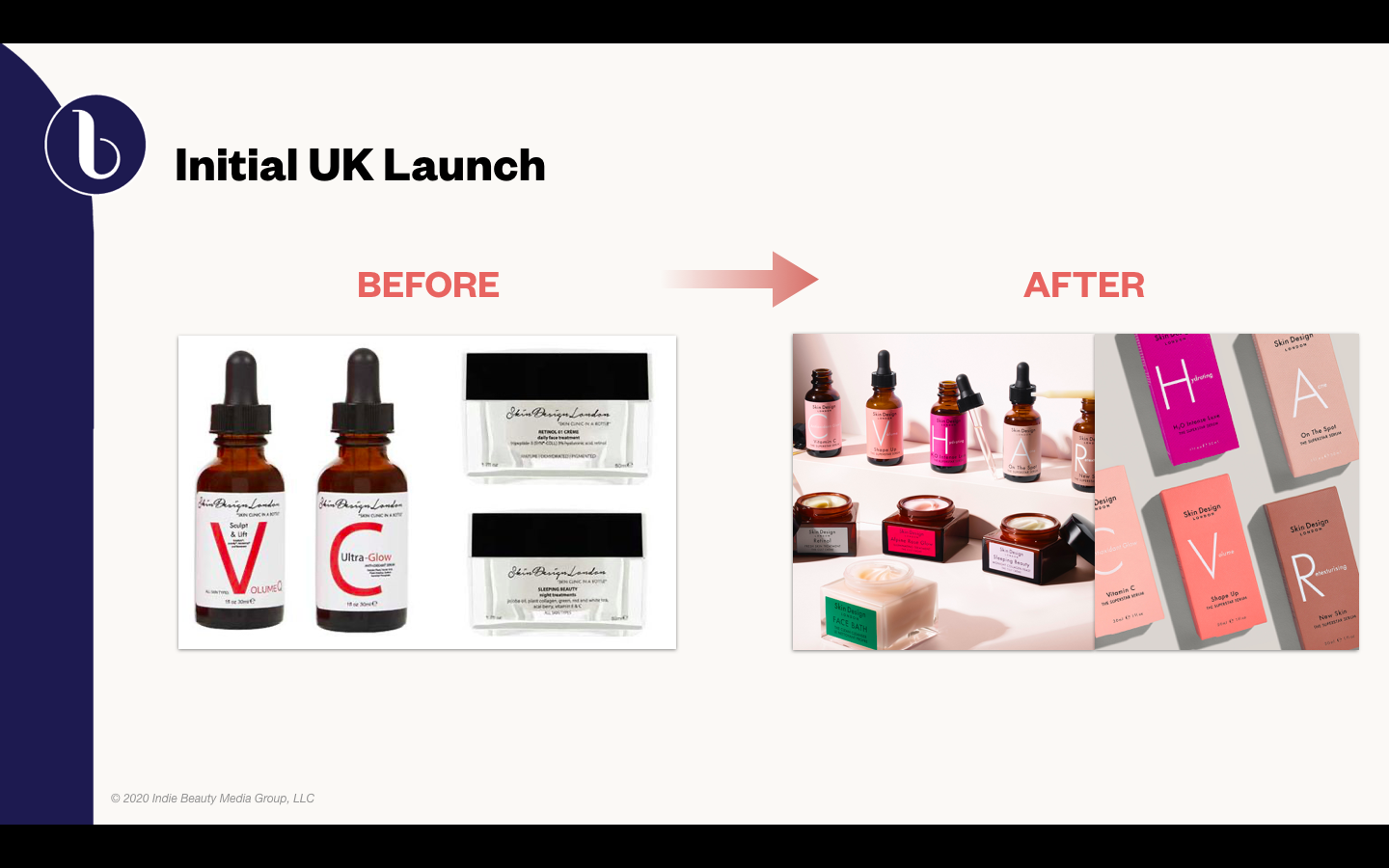
Five Of The Most Common Pieces Of Feedback Beauty Brands Receive From Retailers
In initial meetings with retailers, beauty brands rarely check every box buyers are looking for. Rather than feel discouraged, brand founders should be open to receiving critical feedback and making adjustments.
“Most buyers are really willing to work with emerging brands they think will do well in their stores, and that sometimes means schooling the founders a bit and offering up suggestions, from aesthetic tweaks to even name changes,” says Natasha Goldberg, who heads the retail success team at Adit, a program from Beauty Independent parent company Indie Beauty Media Group assisting retailers with building beauty assortments. “It’s not a bad thing for a buyer to steer you in another direction or suggest that you make changes to a product. They are experts and their opinions are really valuable and based on years of experience. Smart entrepreneurs should take the opportunity to iterate their concept and improve its overall value proposition.”
Launched in December of last year, Adit has 16 retail partners, including ASOS, Bluemercury, Credo, Ulta Beauty, Neiman Marcus and Whole Foods—and is constantly adding to its retail roster. Recently, it revealed Grove Collaborative and Saks Fifth Avenue have signed up. The program provides brand participants pitch training, and retailer-specific insights on ideal pricing, ingredient standards, category preferences, selection gaps, assortment needs and typical opening purchase orders. Rooted in insights gleaned from presenting brands to retailers for Adit, Goldberg and her colleague McKenzie Hunt, a curatorial specialist, identified five pieces of feedback brands often hear from leading beauty buyers.

1. Unique Points Of Differentiation Just Aren’t There
There are countless beauty brands and products on the market, and retailers aren’t generally inclined to bring in a product or brand that’s merely going to replicate and cannabalize their current lineups. Goldberg says buyers constantly tell brands that they aren’t distinct from other brands. She suggests brand founders think hard about how their brand stands out and has a truly unique point of view. Goldberg asks, “Why are you different from the 20 other face oils that come across their desk each month and the five they already carry that are also clean and plant-based?”
Clean, plant-based formulas are absolutely not sufficient to intrigue retailers in the competitive market. “That ship sailed five plus years ago,” says Goldberg. “It was exciting when Tata Harper was coming out, and she was the only one, but, now, the bar has been raised. Today, a founder’s job is figuring out how to truly innovate and how to meet and exceed this new level of scrutiny.”
A retailer buyer may be enticed by clinical data, patented formulas, inimitable product formats or rare ingredients. Skincare brand Soke Beauty is hardly the only brand selling under-eye and décolleté masks and patches, but its patent-pending delivery system of hydrogel infused with active ingredients is all its own, and the company has clinical data to back up its claims. Skincare brand Common Heir uses biodegradable, plant-based capsules that can be melted down in hot water to house individual doses of its 10% Vitamin C Serum. Along with being biodegradable, the capsules increase the product’s shelf life. Vitamin C oxidizes quickly and can have a limited lifespan in a jar or tube. Its single-dose capsules allow Common Heir’s 10% Vitamin C Serum to stay efficacious for up to 18 months.
Codex Beauty Labs is a science-driven brand that takes sustainability and clean formulation to the next level. It has efficacy studies and related panels on its outer packaging, and develops biotechnology-derived actives for its products. “Creating these actives in a lab is actually more sustainable than growing the plants, sourcing them, transporting them and converting them to ingredients suitable for formulation,” says Goldberg. “What Codex Beauty Labs does is much more efficient and sustainable without sacrificing efficacy. The entire story of this brand is a big point of differentiation.”
2. The Packaging Needs To Be Upgraded
Packaging is a critical opportunity to grab customers’ attention. “How are you going to make sure your brand doesn’t get lost on the shelf?” asks Goldberg. She counsels brands to stay away from black-and-white glass options. “Buyers are tired of seeing that,” says Goldberg. Instead, leaning into bolder colors, and unusual shapes and materials could be beneficial. Summer Fridays founders Marianna Hewitt and Lauren Ireland opted to steer clear of the trending millennial pink packaging in 2018 by placing their brand’s Jet Lag Mask in a blue aluminum tube. “Even if you didn’t know what it was, you kept seeing this blue product everywhere. It really stood out,” said Ireland during a Beauty Independent In Conservation webinar. Summer Fridays has been picked up by Sephora, Mecca, Net-a-Porter, Selfridges, Apotheca and Space NK.
Fatma Shaheen, a facialist whose brand Skin Design London emerged from her London treatment room, pitched Harrods right off the bat, and the buyer at the storied department store retailer informed Shaheen that its packaging didn’t cut it. “She said, ‘I actually like your products. Efficacy is really good, consistency, whatever you’ve put in I really love, but I hate your packaging,’” recalled Shaheen during another webinar. “She literally said those words, ‘It’s awful. Change it.’”
After the criticism, Shaheen went to Harrods and Selfridges, and examined the brands to direct her as she tried to enhance Skin Design London’s packaging. She decided she would play up the brand’s clinical side, and transform its color palette from black, white and red to warm shades of pink, purple and brown. The boxes for Skin Design London’s serums contain the letters CVHAR to communicate their uses. The brand launched with Fortnum & Mason and Cult Beauty following the overhaul.
Post-consumer resin (PCR), glass and refillable components are proliferating as sustainability goes mainstream in the beauty industry. Eco-conscious packaging can’t be blah. Hunt emphasizes buyers respond favorably to custom or semi-custom packaging over stock options. “A buyer can instantly spot stock packaging with a label placed on it,” says Hunt. “If you can’t afford custom, which is undoubtedly more expensive, make up for it with unique and interesting branding.”

3. The Brand Isn’t Doing Enough To Drive Awareness
Driving awareness is essential to performance at stores. Retailers will attempt to boost brands’ awareness, but they’re really depending on them to do the job of stoking buzz themselves. Awareness doesn’t have to mean amassing hundreds of thousands or millions of followers on Instagram. Brands can lift name recognition through multi-pronged efforts across social media, press, events and advertising.
Retailers are interested in brands that align with their audiences and, if brands covet certain retailers, they should nail down demand-generation tactics that resonant with those audiences. For example, gen Z-oriented retailers like ASOS may value a following on TikTok or up-and-coming channels like Twitch over large communities on Facebook and Instagram. To prestige retailers, editorials in glossy magazines like Vogue and Town & Country or organic shout-outs from celebrities and established thought leaders may be more impressive. If a brand hasn’t fully executed its marketing and advertising initiatives, coming to the table with a well-thought-out demand-generation plan is key.
4. The Assortment Has to Be More Focused
Buyers frequently advise brands to edit their assortments, especially when they’re beginning to get off the ground. Goldberg says, “If you’re launching with 20-plus stockkeeping units, they think there’s not a focus or you don’t know what you do well yet.”
However, launching with one hero product can be challenging as well. “If you’re going to an online retailer or a multi-door store, you have to have some kind of story around your brand to encourage shoppers to discover your brand, so one SKU is very hard unless there’s this amazing story behind it or purpose,” says Goldberg. She shares buyers convey to beauty entrepreneurs that starting a brand with three to six SKUs can be an effective approach.
5. The Distribution Has To Be Aligned WIth Targeted Retail Partners
Retail buyers are concerned about where else a brand is selling or expects to sell in the future to ensure they don’t repeat their competitors’ assortment and confirm the brand’s distribution is aligned with their stores’ positioning. “In a meeting with a multi-door specialty store, the buyer was disappointed to find out a founder was also targeting drugstores for distribution,” says Hunt. “It can be a deal breaker if it seems as though a brand wants any and all distribution, and doesn’t have a clear strategy.”
Hunt recommends brands to consider their retail pricing and consumer base to zero in on stockists that make sense for them. While they figure out their roadmaps, picking a direction is important. Hunt warns, “Wanting to be sold everywhere is not a strategy.” Odacité founder Valérie Grandury evaluates if retailers are right for her clean skincare brand by assessing the bandwidth her team has to support them and whether her brand has the potential to be a top-three performer in them. “You don’t want to spread yourself thin by having too many retailers,” said Grandury in a webinar, adding, “That doesn’t really help you build your brand awareness into their demographic.”
By whittling down their possible wholesale network to a few retailers, brands can form better partnerships. Grandury said, “I always tell my sales team, ‘Listen, guys, I want to be the best in fewer stores rather than just another brand in many stores.”’ According to Hunt, one of Adit’s participant brands has deployed Grandury’s strategy. After two successful live presentations to buyers facilitated by Adit’s retail success team, the masstige clean skincare brand paused future curatorial presentations to retailers because it concluded it has to maintain bandwidth for the existing retail rollouts it has in the pipeline for 2021. Hunt says, “It was a really wise decision, and buyers respect that type of self-awareness knowing it makes for great partners.”




